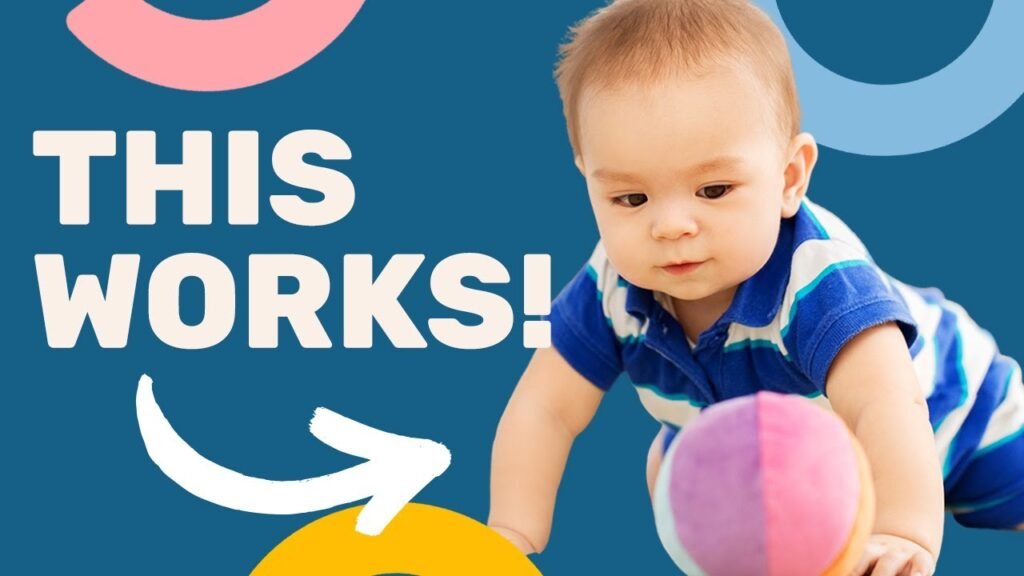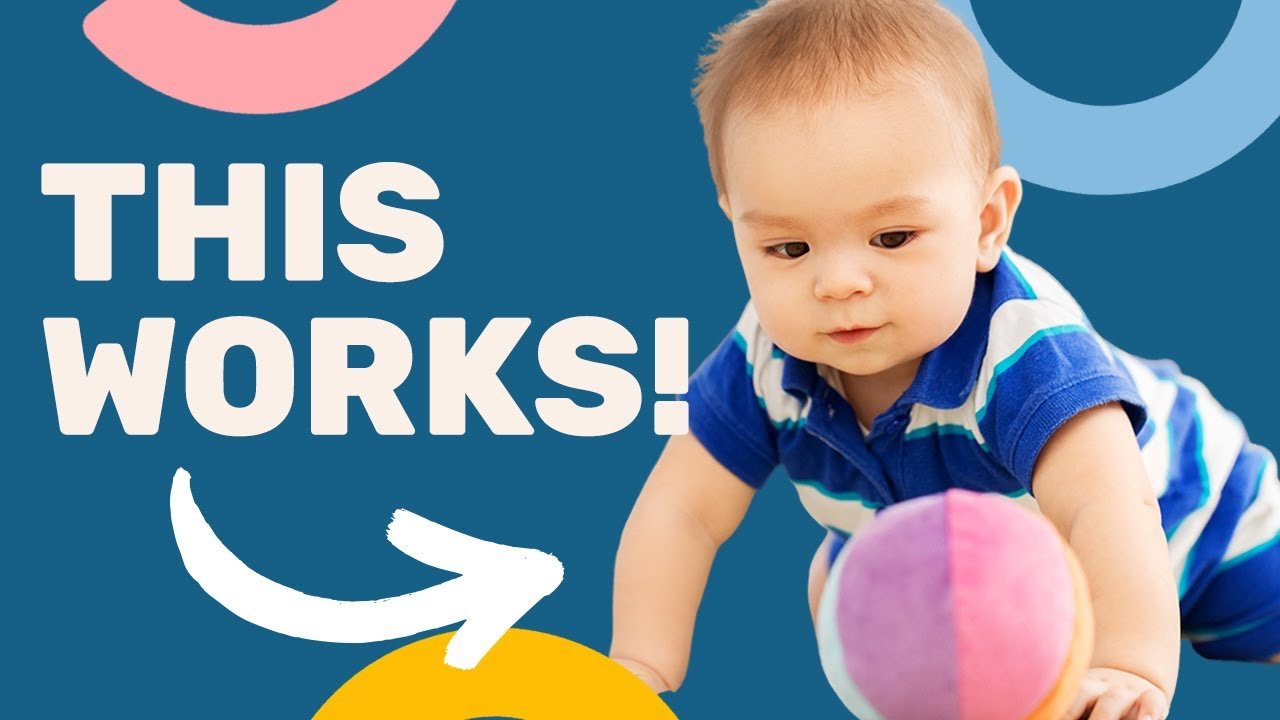If you want to get your baby to crawl sooner, this article has got you covered! Teaching babies to crawl has many benefits, and it’s all about making them happier and more mobile. In this article, you’ll find three expert tricks that are gentle and fun for your little one. These activities can easily be incorporated into your daily playtime, without pressuring your baby. The goal is to help them develop the necessary strength, skills, and confidence to start crawling. So get ready for an exciting new stage in your baby’s life, and make sure to have those baby gates ready!
Now, you might be wondering why it’s even important to teach babies to crawl. The truth is, crawling can make babies so much happier. When they can crawl, they gain the ability to explore, move freely, and experience more of the world around them. This leads to a more content baby and a happier household. So let’s dive into these three expert tricks that will help your baby crawl sooner. Get ready to witness your little one take their first steps towards independence!
Activity 1: Placing an Enticing Toy
To teach your baby to crawl sooner, you can start with a simple activity. All you need to do is place an enticing toy in front of them, but slightly out of reach and off the floor. You can place the toy on a couch or a play table, for example. By doing this, you encourage your baby to lift their head and push through their straight arms to try and reach for the toy. As they push up with their arms straight, you can wait and see if they can independently get into the crawling position. If they can’t, you can help them by flipping their legs underneath their body. Once your baby is in the crawling position, you may need to provide additional support to help them stay in that position and prevent them from sliding. You can do this by placing your hands on the sole of their feet. If needed, you can also place a rolled-up towel under their chest or tummy to provide more postural support, or position your baby so that their tummy rests on the lower part of your leg. As your baby becomes stronger and more stable in the crawling position, you may notice them rocking backwards and forwards, indicating that they are ready for the next activity.
Activity 2: Motivating with a Toy
Once your baby is able to hold the crawling position and starts rocking, it’s time to encourage them to start crawling. To do this, you can provide them with some motivation by placing a toy slightly out of reach. This may be enough for your baby to start crawling towards the toy or you. However, if they need additional support, you can place your hands on the soles of their feet and apply slight pressure on the opposite side of the body when they reach out with one arm. This gives them something to push off and encourages forward movement. Repeat this process for the other arm and foot, supporting them as needed. If you notice that your baby’s arms collapse underneath their body or they are unable to keep their arms straight while trying to crawl, it’s important to go back a step and let them practice being in the crawling position. They may just need more time to strengthen and stabilize their muscles before they can crawl in a forward direction.

Activity 3: Creating an Optimal Environment
To facilitate crawling and make it easier for your baby, it’s important to create an optimal environment. This means avoiding slippery surfaces like tiled floors, lino, or floorboards for crawling activities. Instead, choose carpeted areas or use mats to provide better traction for your baby. Additionally, allowing your baby to go pants-free can improve their mobility. Pants and socks can make it difficult for them to get into the crawling position and move forward. When their knees and feet are uncovered, they have a better grip and can crawl more easily. By making this simple change, you may find that your baby starts crawling more effortlessly.
Different Crawling Styles
It’s important to note that not all babies crawl in a traditional manner. There are actually seven different crawling styles that babies may adopt. These styles may include traditional crawling on all fours, army crawling, bear crawling, crab crawling, rolling, bottom shuffling, or even skipping crawling altogether and moving straight to walking. It’s normal for babies to have their own unique way of crawling, and it doesn’t necessarily indicate a problem or delay in development. However, if you have concerns about your baby’s crawling style or their lack of crawling, it’s always a good idea to consult with your pediatrician or a healthcare professional. They can provide guidance and reassurance based on your specific situation.
Conclusion
Teaching babies to crawl sooner can have numerous benefits for their overall development and happiness. Crawling allows babies the freedom to explore, move, and experience the world around them. By engaging in simple activities like placing an enticing toy and motivating with toys, you can help your baby develop the necessary strength, skills, and confidence to crawl. Creating an optimal environment by avoiding slippery surfaces and allowing your baby to go pants-free can make crawling easier and more enjoyable for them. Additionally, understanding that different crawling styles are normal can alleviate any worries or concerns you may have. Remember, each baby develops at their own pace, so be patient and supportive as your little one embarks on this exciting new stage of crawling.

